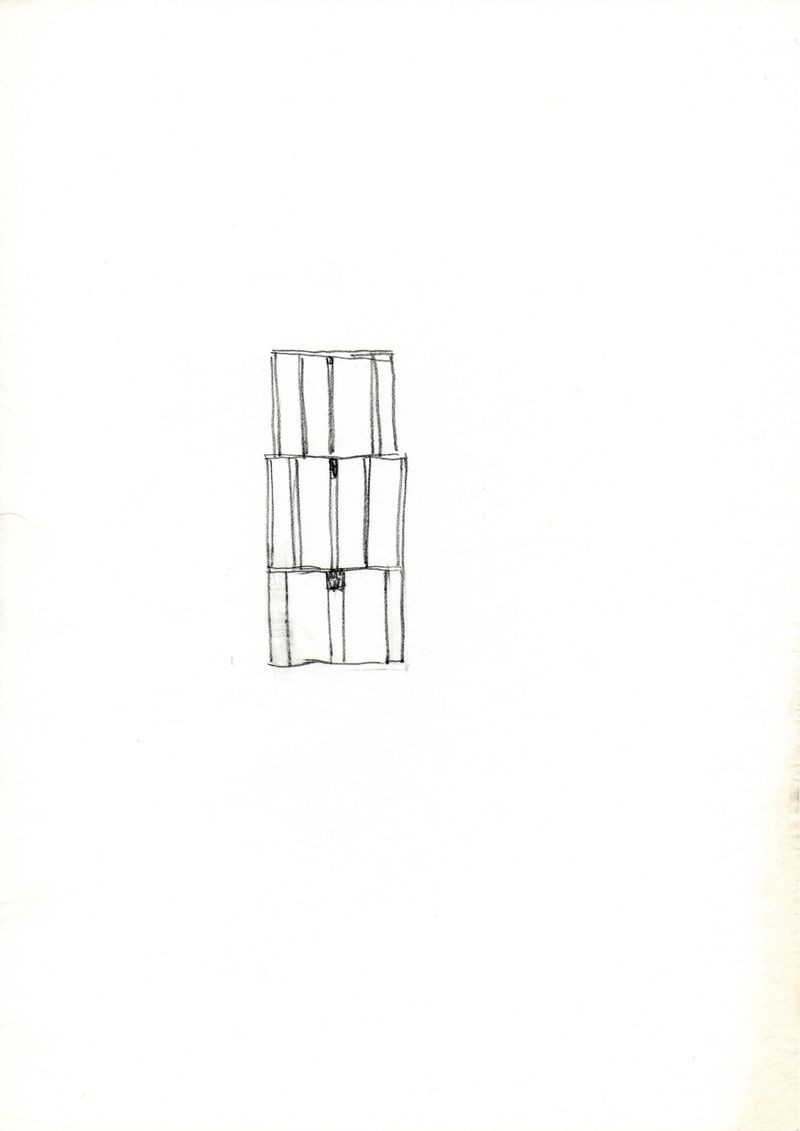Your motivation must always be to do something that is relevant for your time.
What defines the contemporary is that we no longer have a clear idea of how anybody should live. This is very different from an era like the nineteenth century. Back then, there were highly codified systems of power that dictated housing and urban models, and there was little freedom to choose alternatives. In Europe at least, we now govern by democracy. It is no longer a dictatorial model of society, and each minority must have the possibility of realizing their own visions for life in our cities.
The consequences of the nineteenth century are ideas about privacy and family and functionality that are very rigid. Most apartments, for example, still have two to four linear bedrooms and only one public room. I never design like that. If you start thinking about the “living room” you have already lost the purpose of design today. It’s true you do need certain things, like the kitchen and the bathroom, but the spaces in between them should not be conventional or constricting.
As architects, when we design for unknown occupants (such as with rental apartments), we must think about how future inhabitants might be able to interpret the space. You can’t make decisions that exclude people. For example, painting a wall yellow. Only one in one hundred people like a yellow wall. I think of how to organize different spaces within the home not as if they were blocks but almost as if they were a geographic arrangement (which is to say, based on physical properties that each finds in its own special area). Every room must have a specific quality that is not like the others -this could be a certain quality of light or proportions or a relationship to some other room. A room should not dictate a single use, but offer a number of possibilities. The reason to design like this is because we can no longer prescribe the lives of others. I have no idea how you live. But more, I do not even know how I will live in ten years’ time, or what I would like to do.
Of course, in all this you must be economical. With every square meter you must do something that is important for the people who live in that building. Every design decision costs money. Architecture must be very plainspoken, and very simple. Most of all, even though you are building with fixed walls, people must be able to interpret the spaces of the ground plan and adapt them to their own purposes. When a space suggests a variety of ways it might be used (as a dining room, as a home office, as a children’s bedroom, as a television room) then you can design one plan and produce perhaps five or more possibilities for how to live there.
This is how you design a space for living today, and for tomorrow.





